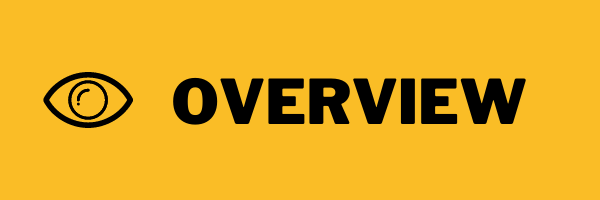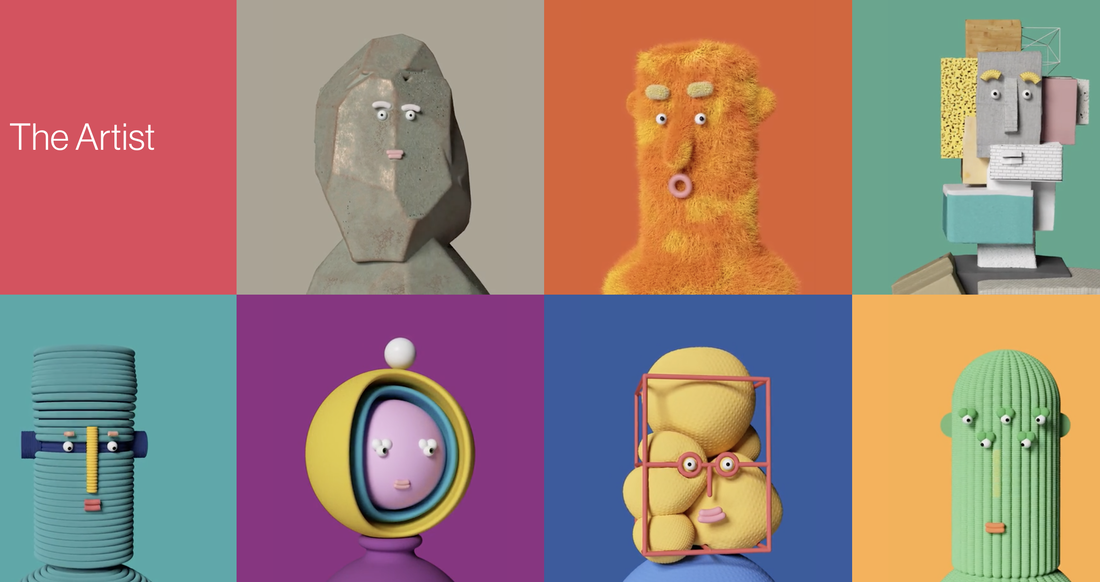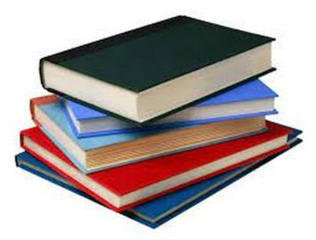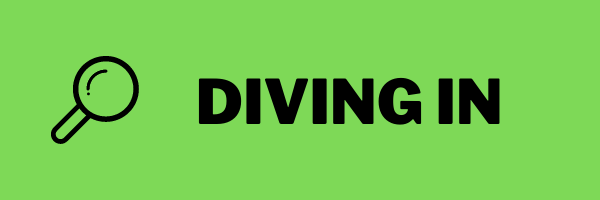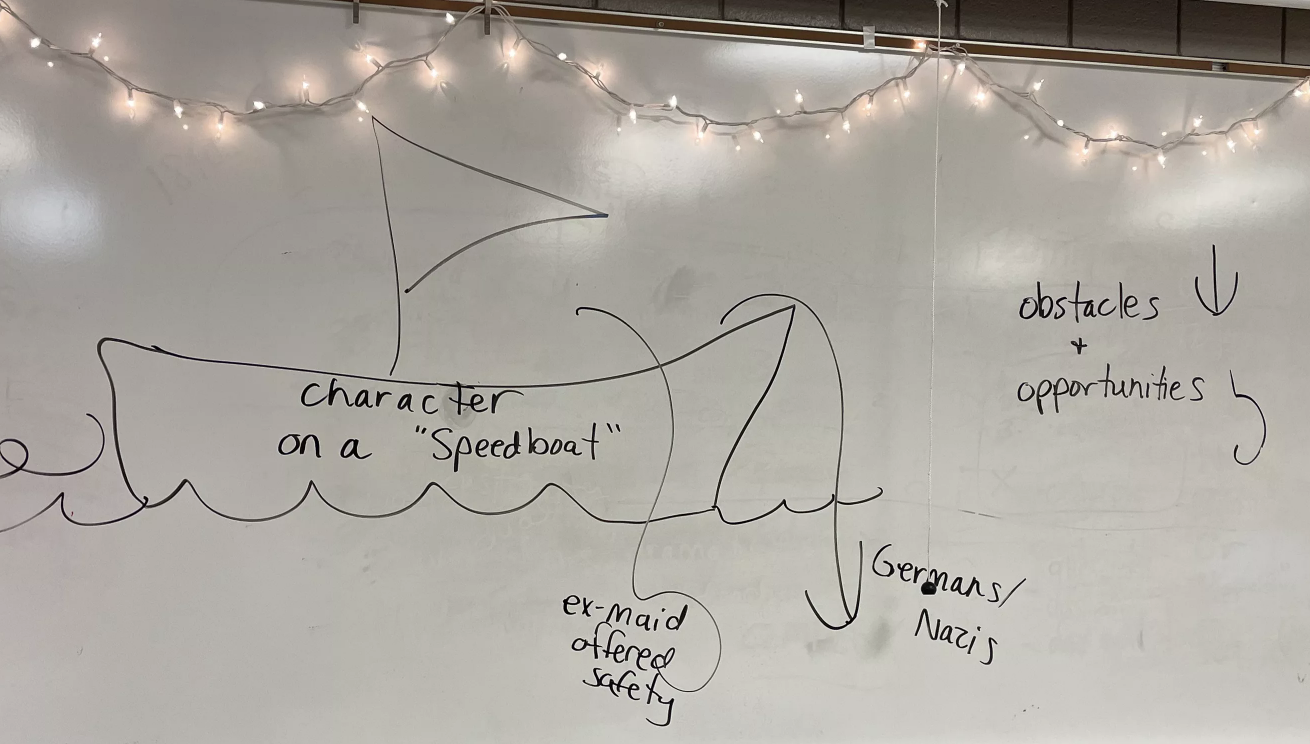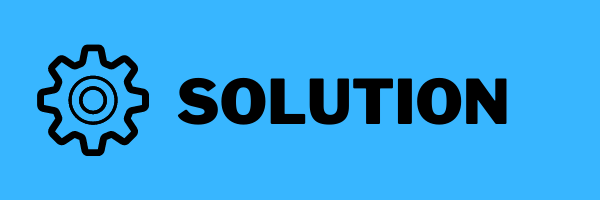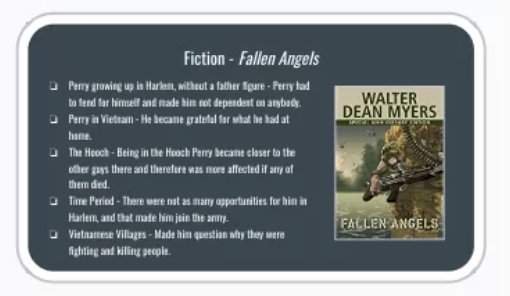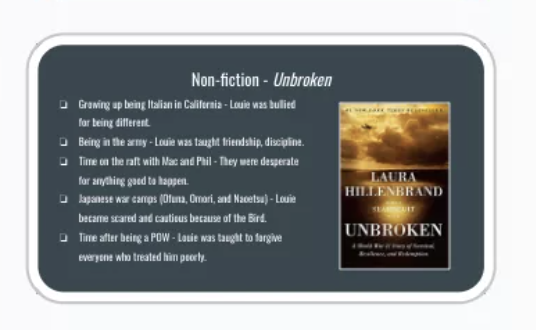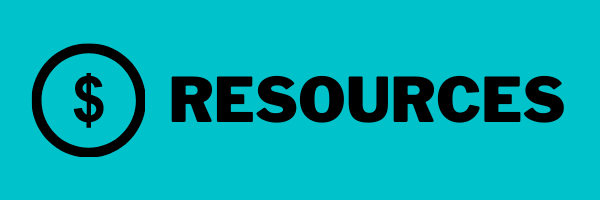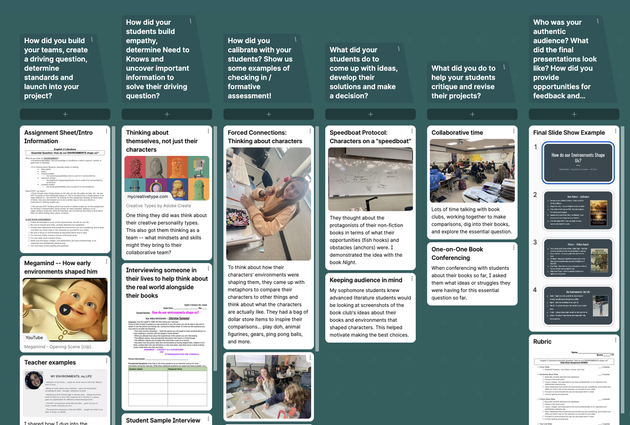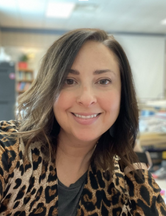How Do Our Environments Shape Us?
By: Jill Conrad
By: Jill Conrad
Project at a Glance :
This will be for the 10th grade required literature class which focuses on reading skills through use of a FICTION and NONFICTION units. The project explores the essential question below. Additionally, the project focuses a variety of English standards including reading, writing, and speaking standards. This new essential question will guide students through the whole 12 week course.
Driving Question:
How do our environments shape us?
|
Standards:
Entry Event:
|
Stakeholders:
|
Incubation:
|
|
Solution Building:
|
Authentic Audience:
|
Click here for teacher's full plan.
Reflection and Feedback:
|
